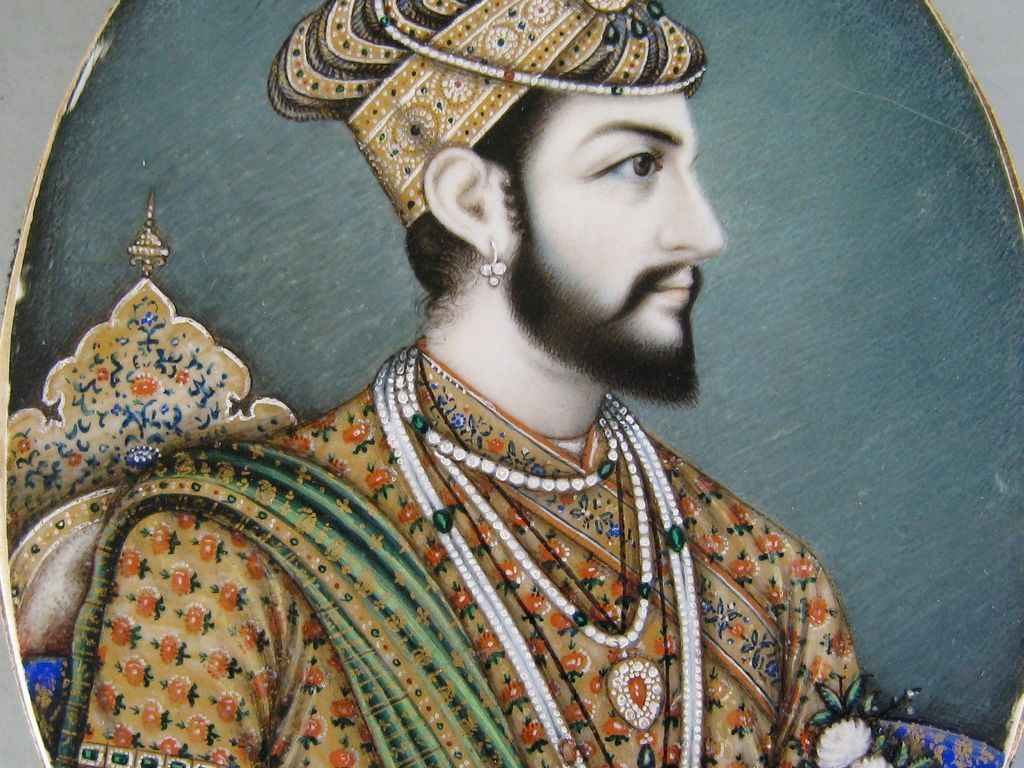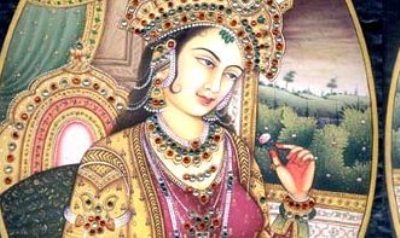
- The construction of the Taj Mahal began in 1632 and was completed in 1653. It took a total of twenty two years to complete the construction of this monument.
- The architecture of the Taj Mahal is a combination of Indian, Persian and Islamic styles of architecture.
- The name of the architect of the Taj Mahal is Ahmed Lahauri.
- The Taj Mahal was Shah Jahan’s imagination of Mumtaz’s home in paradise.
- Around 20,000 people worked day and night for twenty two years to complete construction of the Taj Mahal.
- The cost of construction of the Taj Mahal was around Rs.320 million.
- The full height of the Taj Mahal is 171 metres (561 feet).
- More than 1,000 elephants were employed to transport the construction materials used to build the Taj.
- The Taj Mahal was constructed using the best quality marble from Rajasthan, Tibet, Afghanistan and China.
- The Taj Mahal is one of the wonders of the world and is also a UNESCO World Heritage Site.
- The Taj Mahal has a mosque in its premises, which is why the Taj Mahal is closed on Fridays and only those going for customary prayers are permitted inside the Taj Mahal.
- The four sides of the Taj Mahal are perfectly identical creating an astonishingly mirrored image on each side. It uses the principles of self-replicating geometry and symmetry of architectural elements.
- The Taj Mahal is surrounded by significant gardens and a number of other buildings including a mosque and guest houses which make up the 17 hectares of land within the complex walls.
Change of color :
The Taj Mahal takes on different colouring at different times of the day, from a pinkish hue in the morning, milky white in the evening and golden at night when lit by the moon. They say the changing colour resembles the changing mood of females – in particular the Emperor’s queen
Myth about Taj Mahal :
- There was a popular myth that Shah Jahan was planning to construct a black Taj Mahal across the Yamuna, this is not true.
- Another popular myth around the Taj Mahal is that after the construction of the Taj Mahal, Shah Jahan cut off the hands of all the workers so that such a structure could not be built again. Fortunately, this is not true.
- In 2000, an Indian writer P.N. Oak claimed that the Taj Mahal was actually a ShivTemple and filed a petition with the Supreme Court of India to excavate the site of the Taj to look for proof. His petition was rejected by the Supreme Court.
- By the late 19th century, the Taj Mahal had been defaced by the British soldiers who chiseled out precious stones from the walls of the monument. At the end of the 19th century, British Viceroy, Lord Curzon, ordered a restoration of the monument and also gifted a large lamp which hangs in the interior chambers of the Taj Mahal.
- In 2001, the UNESCO documented more than two million visitors to the Taj Mahal.
- India’s’ Nobel Laureate, Rabindranath Tagore, referred to the Taj Mahal as a “tear drop on the cheek of time”.
- Calligraphy on the tomb of Mumtaz identifies and praises her.
- The four minarets of the Taj Mahal have been constructed slightly outside of the plinth so that in case the minarets fell, they would fall away and not on the main structure.

After his death, Shah Jahan was laid to rest in the Taj Mahal besides the tomb of his wife Mumtaz.
Interesting Facts about Taj Mahal :
- Before his accession to the throne, Shah Jahan was popularly known as Prince Khurram.
- Shah Jahan fell in love with the beautiful Arjumand Bano Begum and married her, making her his third wife.
- Arjumand Bano Begum was christened by Shah Jahan as Mumtaz Mahal, meaning the “Chosen One Of The Palace” or “Jewel of the Palace”.
- Shah Jahan lost Mumtaz Mahal, when she died giving birth to their 14h child.
- For the transportation of the construction materials, more than 1,000 elephants were employed.
- As many as 28 different varieties of semi-precious and precious stones were used to adorn the Taj with exquisite inlay work.
- Depending on what time of the day it is and whether or not there’s moon at night, Taj Mahal appears to be of different color every time. Some even believe that this changing pattern of colors depict different moods of a woman.
- Passages from Quran have been used as decorative elements throughout the complex.
- On the sides of the actual tomb of Mumtaz Mahal, 99 names of Allah can be found as calligraphic inscriptions.
- Taj Mahal was built in stages, with the plinth and the tomb taking up roughly 15 years. Building of minarets, mosque, jawab, and gateway took additional 5 years to be completed.
- Different types of marbles used in construction of Taj Mahal were brought over from many different regions & countries: Rajasthan, Punjab, China, Tibet, Afghanistan, Srilanka, & Arabia.
- Many precious stones and Lapis Lazuli (a semi-precious stone) were ripped off from its walls by the Britishers during the Indian rebellion of 1857.
- Taj Mahal attracts 2-4 million visitors annually with over 200,000 from overseas.
Fast Facts :
Year of Construction: 1631
Completed In: 1653
Time Taken: 22 years
Built By: Shah Jahan
Dedicated to: Mumtaz Mahal (Arjumand Bano Begum), the wife of Shah Jahan
Location: Agra (Uttar Pradesh), India
Building Type: Islamic tomb
Architecture: Mughal (Combination of Persian, Islamic and Indian architecture style)
Architect: Ustad Ahmad Lahauri
Cost of Construction: 32 crore rupees
Number of workers: 20,000
Highlights: One of the Seven Wonders of the World; A UNESCO World Heritage Site
Timings: Sunrise to Sunset (Friday closed)

